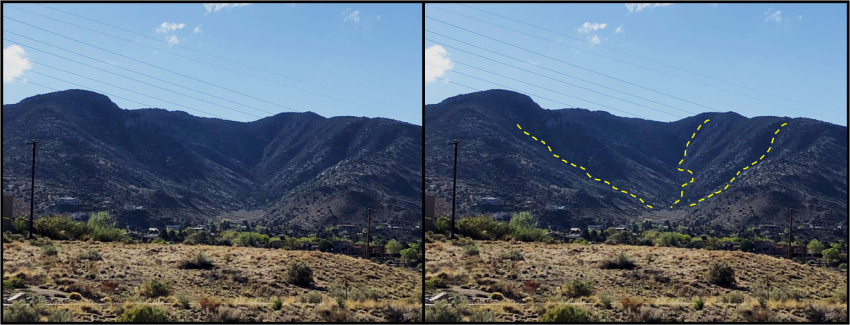It drips and it drops,
It flows on land and below,
Water, so it goes.
Have you ever wondered where the water from your sink comes from? The journey it took to get to your home? This week we are going to explore watersheds and how they play an integral role in delivering water all over the world.
The first image is an example of a local drainage from the Sandia Mountain Foothills, in Albuquerque, New Mexico. Any rain or snow that lands there will travel down the slopes. The water from this particular drainage may end up either in local arroyos (gullies that occasionally fill with water) that lead to the Rio Grande River that cuts through the city, or it will seep into the ground and become part of the groundwater system. Either way, this water belongs to the Rio Grande watershed.
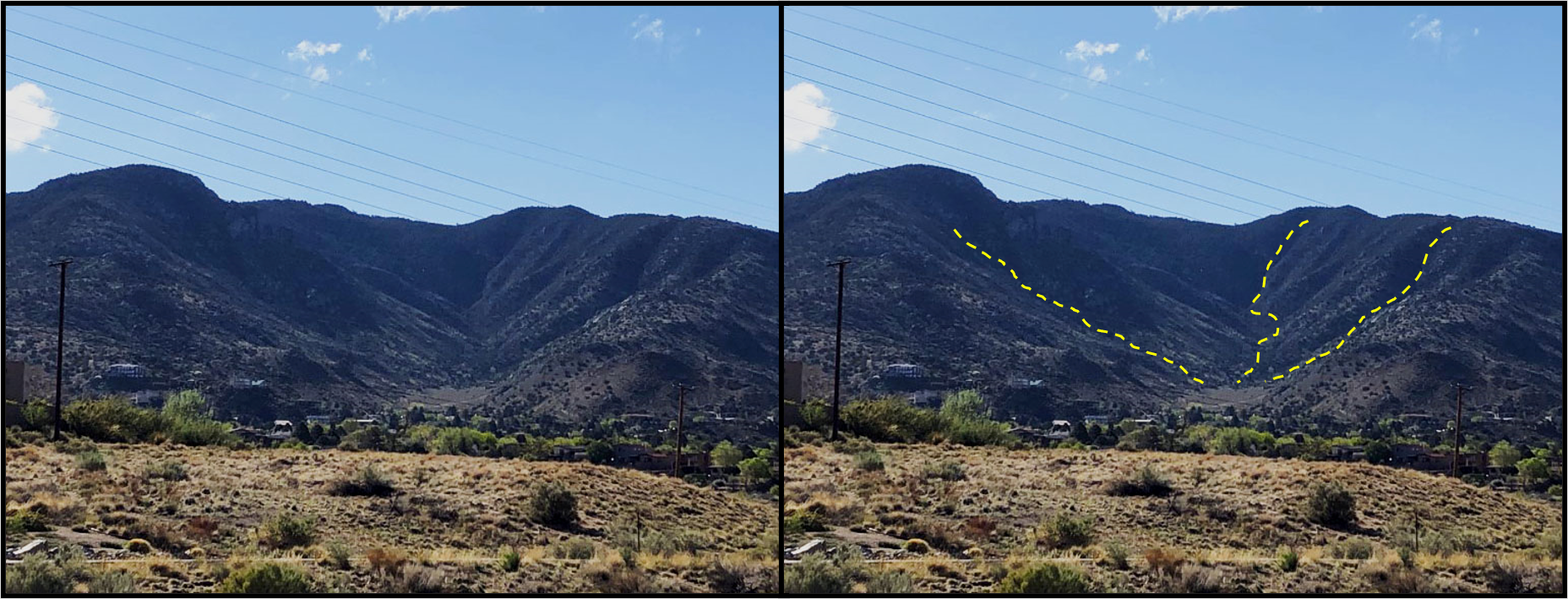
What is a Watershed?
No matter where you are in the world, you live within a watershed. A watershed is an area of land that drains all precipitation to one specific outflow location1. That locality can be a lake, a river, stream, or even the ocean. All water sources (lakes, streams, rivers, reservoirs, wetlands, and all underlying groundwater) make up a watershed. Water will flow from an area of higher elevation (or the source) and make its way to the outflow via smaller streams (tributaries) and rivers. You can actually live within multiple watersheds.
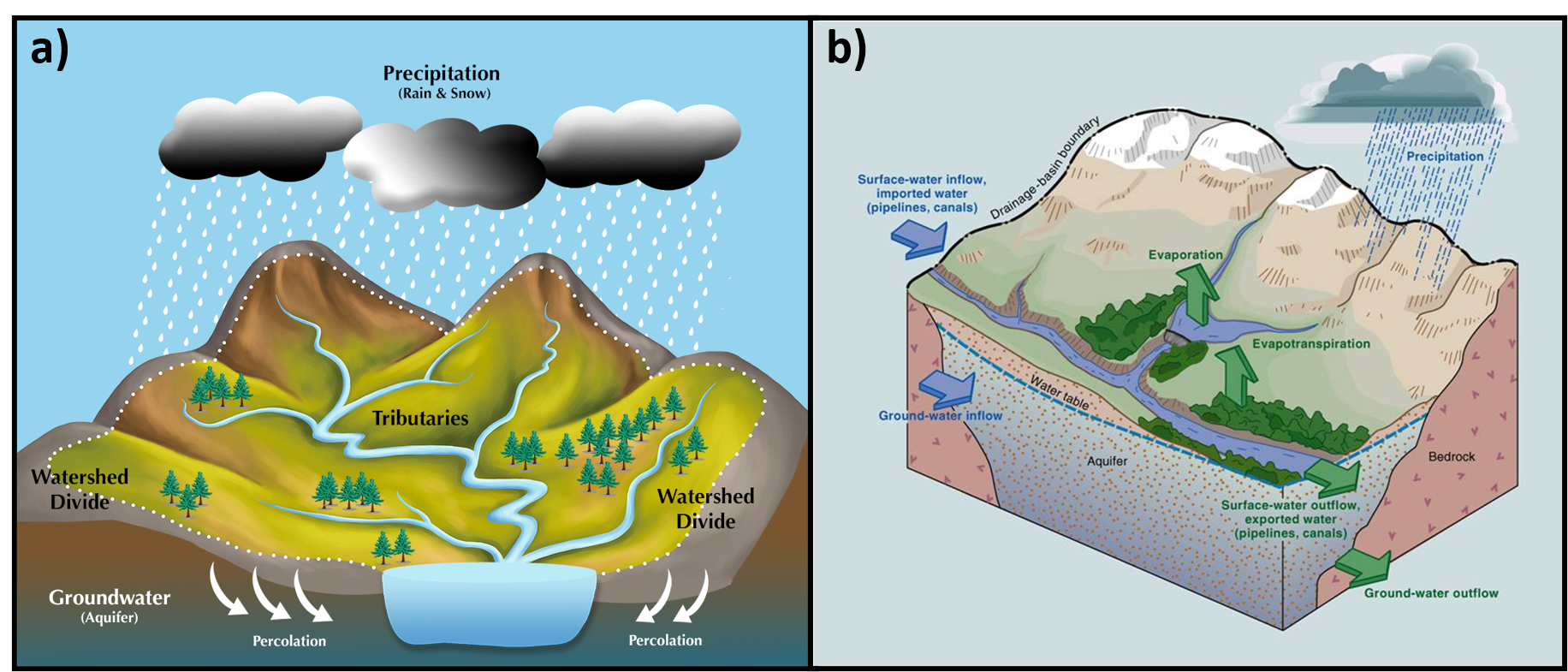
For example, the Mississippi River watershed is expansive, covering all or parts of 33 different states, so not only might you live within that large watershed, but you would also live within the watershed of a much smaller, local stream that ultimately joins the Mississippi river at some point2.
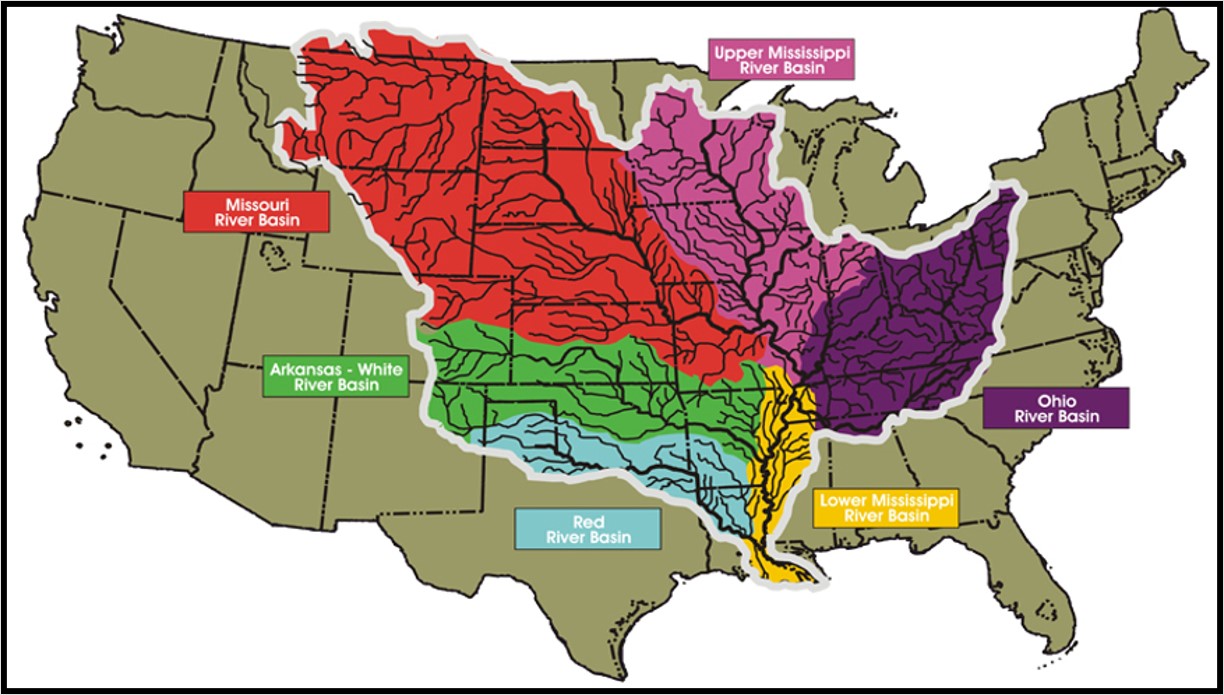
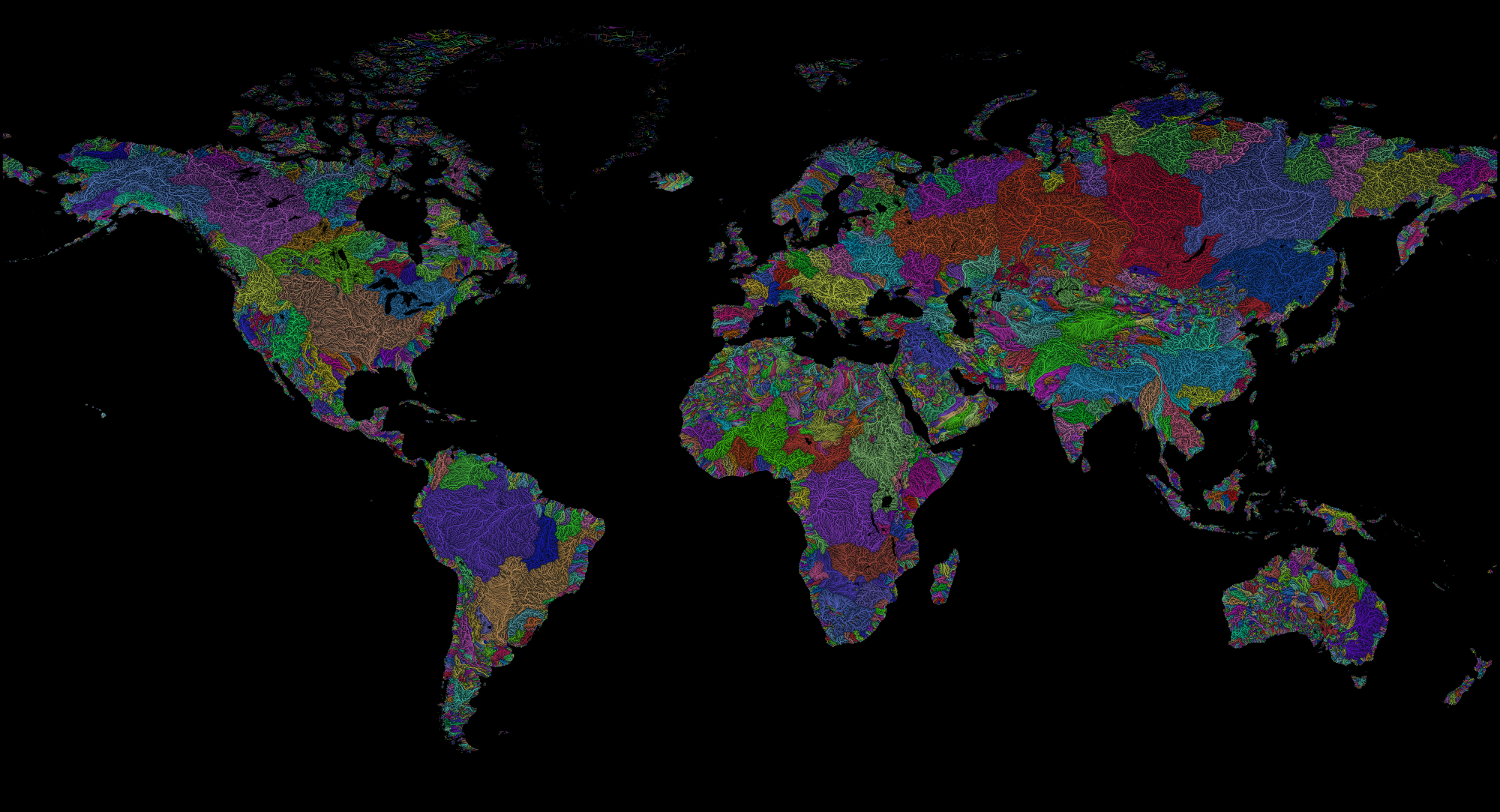
Why are Watersheds Important?
Because we all live in watersheds, we all rely on the water from some part of the watershed to survive, as does the greater ecosystem. In 2015 alone, the entire US used approximately 237,000 millions of gallons of surface water per day for either public supply, domestic use, irrigation, thermometric power, industrial, mining, livestock, and aquaculture 3. Much of that water went to domestic use, such as drinking water.
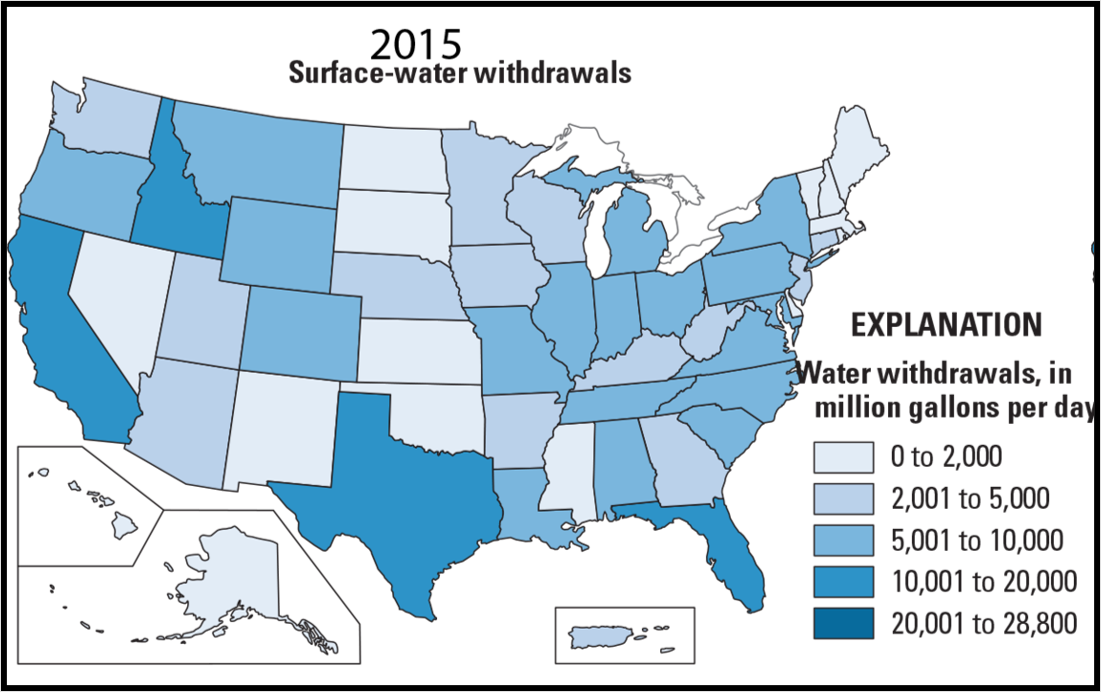
If portions of the watershed become polluted (human-induced or not), those pollutants have the capacity to affect the water quality as the water travels downstream, throughout the rest of the watershed. So it is important to study all of the water within watersheds in order to maintain a healthy, balanced ecosystem in which we all belong and rely on.
There are many environmental scientists and hydrogeologists (geologists who study water) that monitor and conduct research on water health, but they are not the only ones. The Environmental Protection Agency (EPA) started an initiative called the Healthy Watersheds Program (HWP) whose goal is to work with other partnered organizations to “identify, assess, and protect watershed health”2.
How Can I Learn About Water in My Community?
Interested in learning more about the health of water in your community? These are a few fantastic resources to give you more information about the water in your area!
- How’s My Waterway? This site is run by the EPA. It will allow you to access information about local water in your community.
- Science in your Watershed. This site is run by the USGS. This site is similar to the EPA website, and links you to more of the science being done in your watershed!
- How We Protect Watersheds . This site gives some awesome tips about how to clean your watershed clean and healthy!
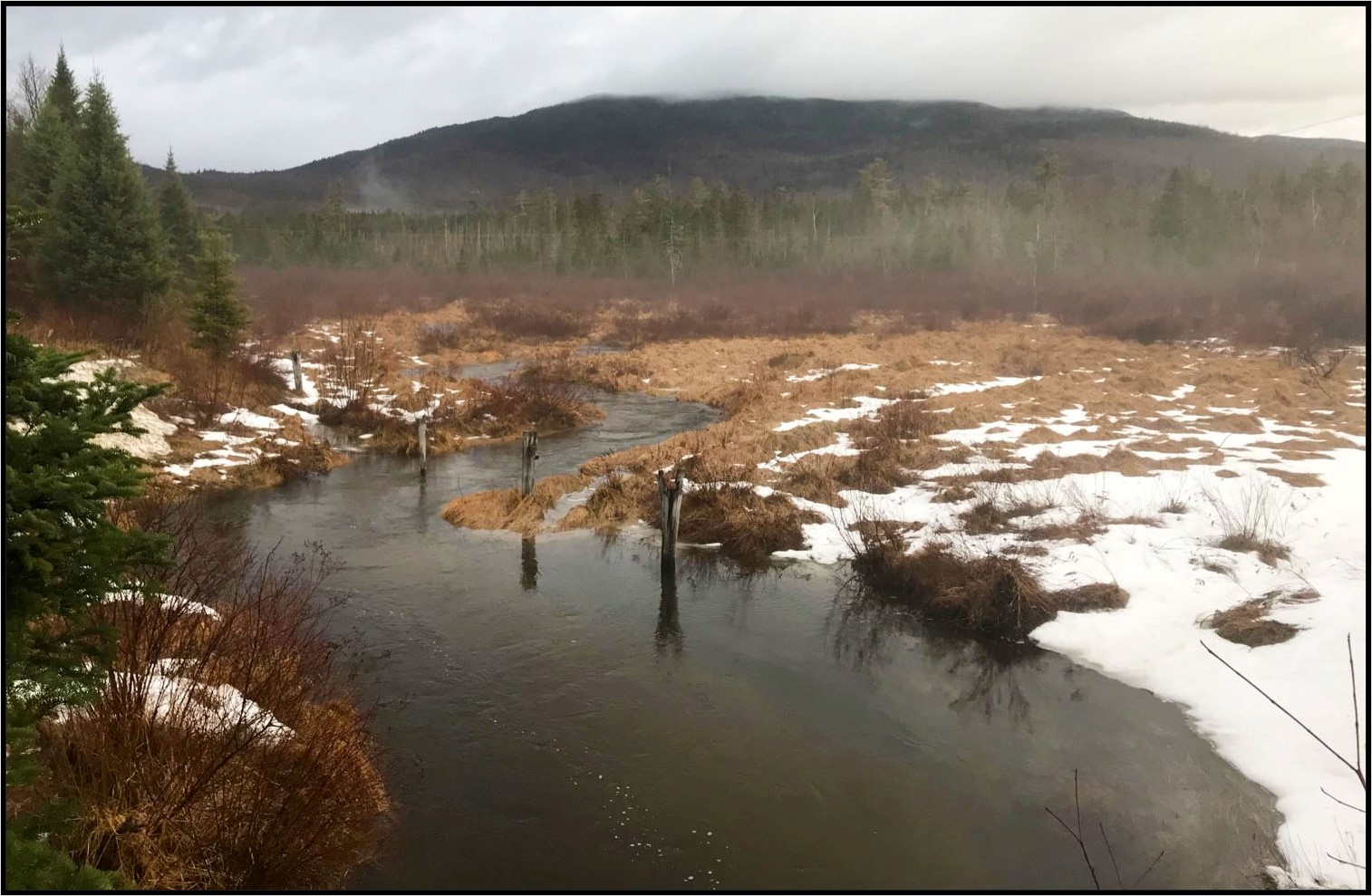
References:
1Watersheds and Drainage Basins, United States Geological Survey, https://www.usgs.gov/special-topic/water-science-school/science/watersheds-and-drainage-basins?qt-science_center_objects=0#qt-science_center_objects Accessed on 4/23/2021.
2Healthy Watersheds Protection. Environmental Protection Agency,2018, https://www.epa.gov/hwp/basic-information-and-answers-frequent-questions#what Accessed on 4/22/2021.
3Dieter, C.A., Maupin, M.A., Caldwell, R.R., Harris, M.A., Ivahnenko, T.I., Lovelace, J.K., Barber, N.L., and Linsey, K.S., 2018, Estimated use of water in the United States in 2015: U.S. Geological Survey Circular 1441, 65 p. https://www.usgs.gov/mission-areas/water-resources/science/surface-water-use?qt-science_center_objects=0#qt-science_center_objects Accessed 4/25/2021.
4Roberts, K., What is a watershed. Center for Watershed Management, 2021https://www.cwp.org/watershed101/ Accessed, 4/27/2021.
5Healy, R.W., Winter, T.C., LaBaugh, J.W., and Franke, O.L., 2007, Water budgets: Foundations for effective water-resources and environmental management: U.S. Geological Survey Circular 1308. https://www.usgs.gov/media/images/components-a-simple-water-budget-part-a-watershed Accessed, 4/27/2021.
6Aldridge, C., and Baker, B., 2017, Watersheds: Role, importance, & Stewardship. Mississippi State University extension. http://extension.msstate.edu/sites/default/files/publications/publications/p3082.pdf Accessed, 4/27/2021.

